What Is LSD?
LSD stands for lysergic acid diethylamide, a powerful psychedelic drug first synthesized in 1938. It's made from a fungus that grows on rye (called ergot), and just a tiny dose measured in micrograms can completely alter your perception.
Also known as acid, LSD isn't addictive, but it has a massive impact on the brain. People take it for spiritual exploration, creative boosts, or just a wild trip. You've probably heard stories of intense visuals, colorful patterns, time distortion, and mind-expanding thoughts. That's all LSD.
It's illegal in many places, but it's making a comeback in modern science and mental health research especially in microdoses.
How LSD Works in the Brain
LSD mainly targets your brain's serotonin system specifically, the 5-HT2A receptors. These receptors help regulate:
- Mood
- Imagination
- Sleep
- Emotions
- Learning
When LSD hits those receptors, it supercharges brain activity. Parts of your brain that don't usually "talk" to each other start lighting up and connecting. This is why people often report:
- Deep spiritual or emotional insights
- Enhanced creativity and visual imagination
- Altered sense of self (ego dissolution)
- Heightened awareness of surroundings
In simple terms: LSD scrambles the usual mental filters, letting your brain run wild.
LSD and the Nervous System
LSD doesn't just mess with your mind it taps into your entire central and peripheral nervous system. Here's what that can feel like:
- Sensory overload: lights seem brighter, sounds sharper
- Synesthesia: hearing colors or seeing music (yes, it happens!)
- Muscle tension or twitching
- Dilated pupils and heightened reflexes
While not dangerous in low to moderate doses, this overstimulation can feel overwhelming especially if you're in a noisy or chaotic environment. That's why "set and setting" (your mindset and surroundings) are everything when taking LSD.
Effects of LSD on the Heart
LSD isn't usually considered a heart drug, but it still affects the cardiovascular system, mostly due to stress and stimulation:
- Increased heart rate
- Raised blood pressure
- Vasoconstriction (narrowed blood vessels)
- Slight risk of arrhythmia in sensitive individuals
For most healthy people, these effects are temporary and not dangerous. But if you have a heart condition or anxiety disorder, it could be risky.
Always approach with caution and don't mix LSD with stimulants like caffeine, MDMA, or amphetamines.
What Does LSD Feel Like?
Everyone's trip is different, but a full LSD experience usually involves:
🎨 Visual Effects
- Patterns or colors shifting
- Trails behind moving objects
- Things "breathing" or pulsing
- Closed-eye visuals or dreamlike images
🧠 Mental Effects
- Intense thought loops
- Deep introspection or philosophical insights
- A sense of unity with nature or the universe
- Ego death (loss of identity in the moment)
🤯 Emotional Effects
- Feelings of joy, wonder, or peace
- Sudden mood swings or crying spells
- Occasional fear, confusion, or paranoia (especially at high doses)
Set and setting matter a lot. A peaceful, safe space with trusted people makes the experience more enjoyable and manageable.
How Long Do LSD Effects Last?
LSD is a long ride. Here's a general breakdown:
| Phase | Duration | What Happens |
|---|---|---|
| Onset | 30-90 minutes | Initial changes in mood, senses begin to shift |
| Peak | 2-5 hours | Strong visuals, altered perception, mind loops |
| Comedown | 2-4 hours | Effects fade, mind settles, body feels tired |
| Afterglow | 6-24 hours | Light lingering clarity or emotional openness |
In total, the full experience lasts around 8 to 12 hours, but you might feel mentally "glowy" or foggy the next day.
Low Dose LSD Effects (Microdosing)
A microdose is about 5-20 micrograms way below the threshold for hallucinations. It's not about tripping. It's about subtle enhancements.
People who microdose report:
- Boosted focus and creativity
- Improved mood
- Less anxiety or social tension
- Sharpened senses and productivity
- Slight increase in physical energy
It's become popular in Silicon Valley, among artists, and even some therapists. While research is still ongoing, early results look promising. Just don't expect to see unicorns if you're hallucinating, it's not a microdose.
After Effects and Comedown
The comedown from LSD is usually not as harsh as other drugs, but it still exists:
- You may feel mentally drained or emotionally raw
- Some users feel insomnia the night after
- Mild headaches or jaw tension are common
- Rarely, people experience "afterglow" - a happy, peaceful mindset
However, in some rare cases, users experience:
- HPPD (Hallucinogen Persisting Perception Disorder): where visual distortions linger days or weeks later
- Anxiety or derealization, especially if the trip was intense or scary
To minimize comedown effects:
- Stay hydrated
- Eat a nourishing meal afterward
- Get rest and sunlight the next day
- Avoid mixing with alcohol or other substances
Final Thoughts
LSD is one of the most fascinating and intense psychedelics on the planet. It can completely shift how you see yourself, others, and reality itself. But it's not a joke or a party trick. Respect the substance.
To recap:
- LSD alters your brain chemistry by over-activating serotonin receptors
- It impacts the heart, nerves, and perception in powerful ways
- A trip lasts 8-12 hours, with lingering emotional or cognitive effects
- Microdoses offer a gentler way to explore its benefits
- After-effects vary from peaceful afterglow to temporary confusion
If you ever consider trying LSD, research thoroughly, stay safe, and always start low. And remember: the trip is only part of the story. The real growth often happens afterward.



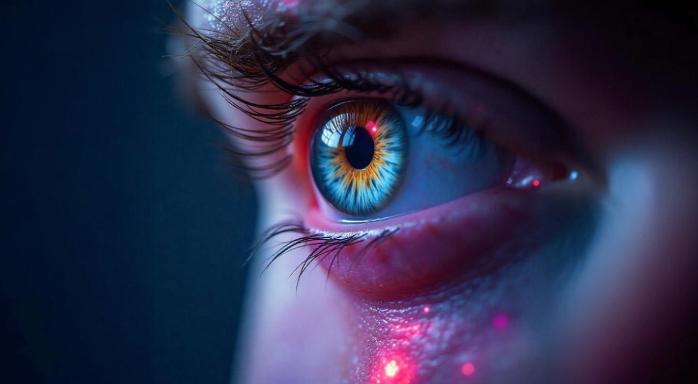

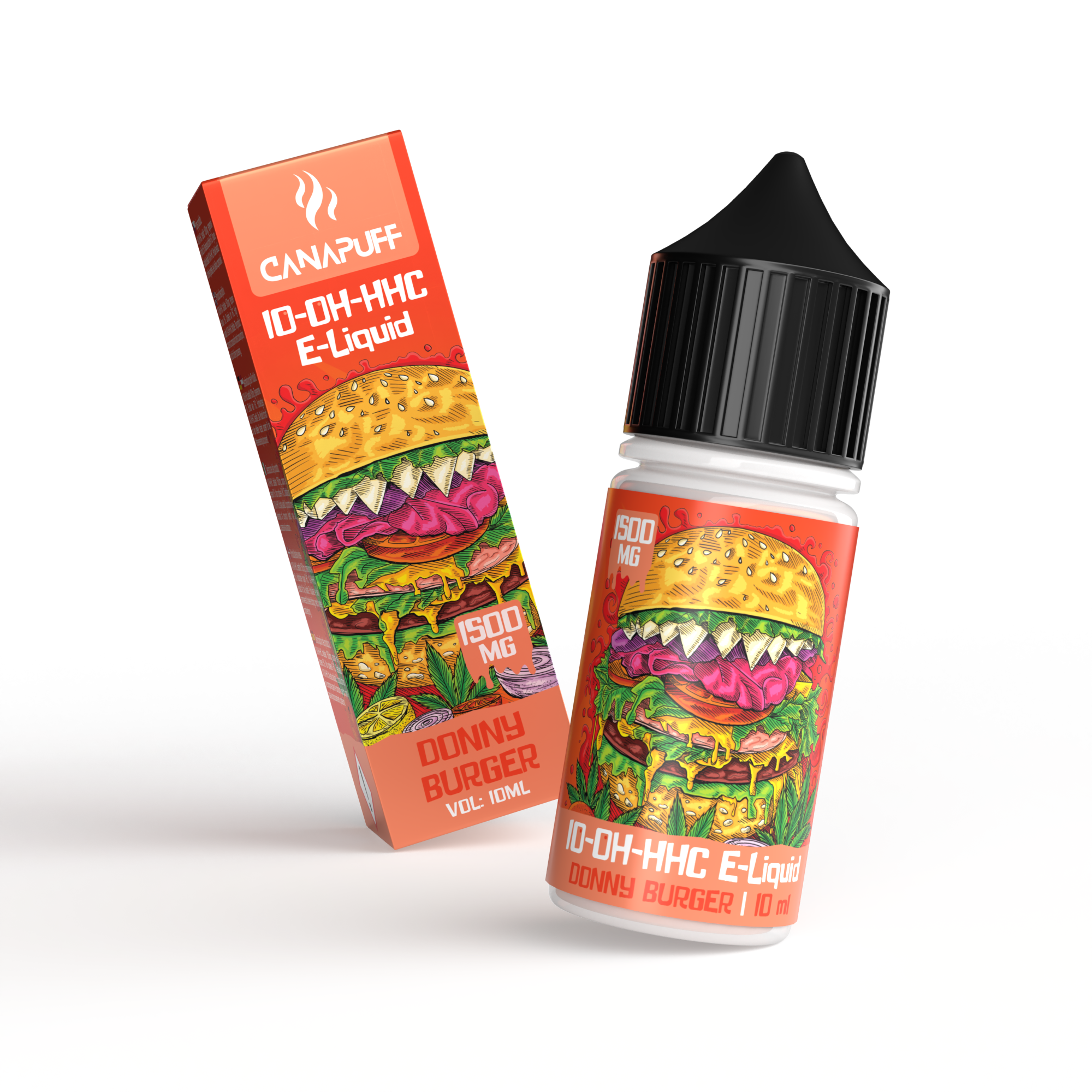
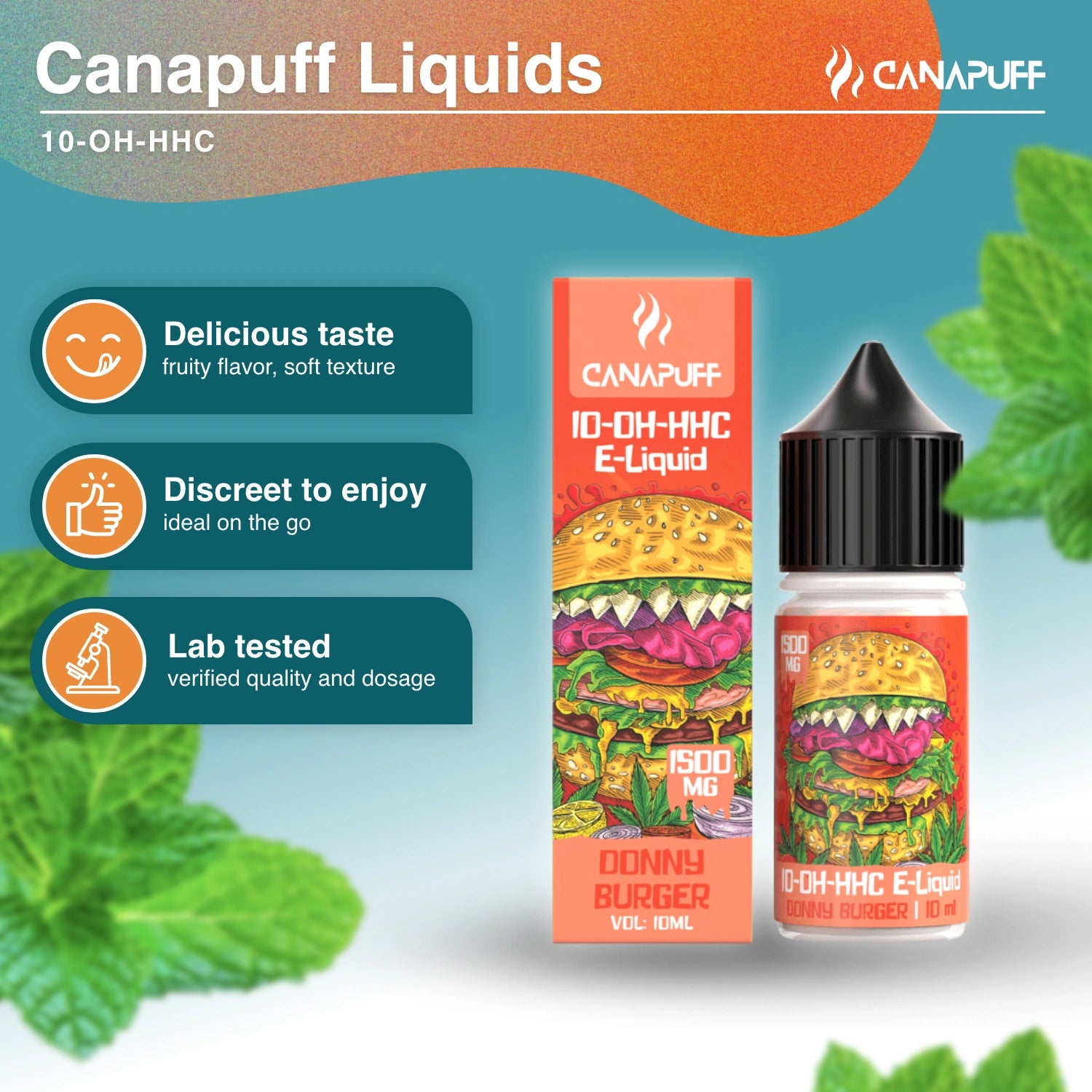
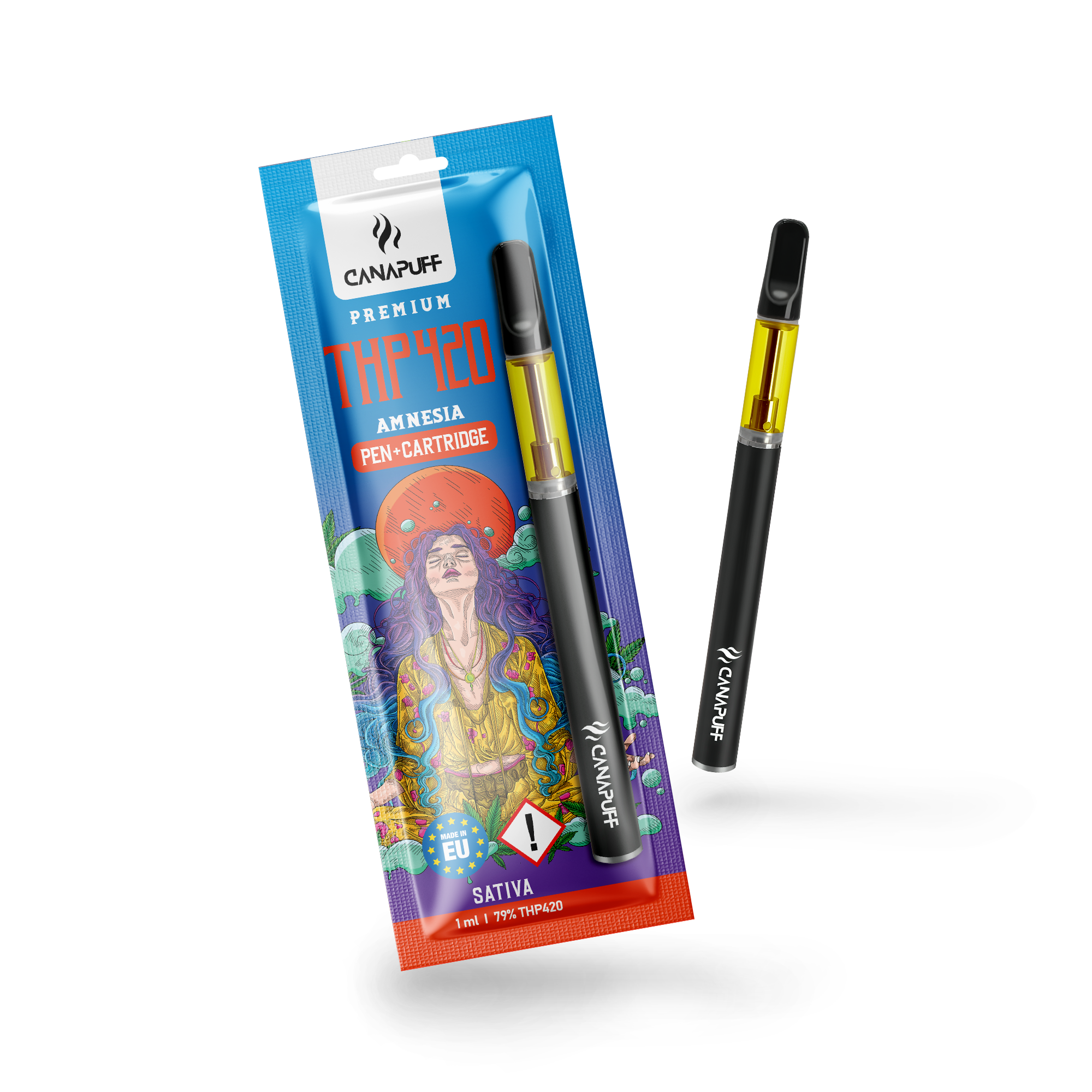

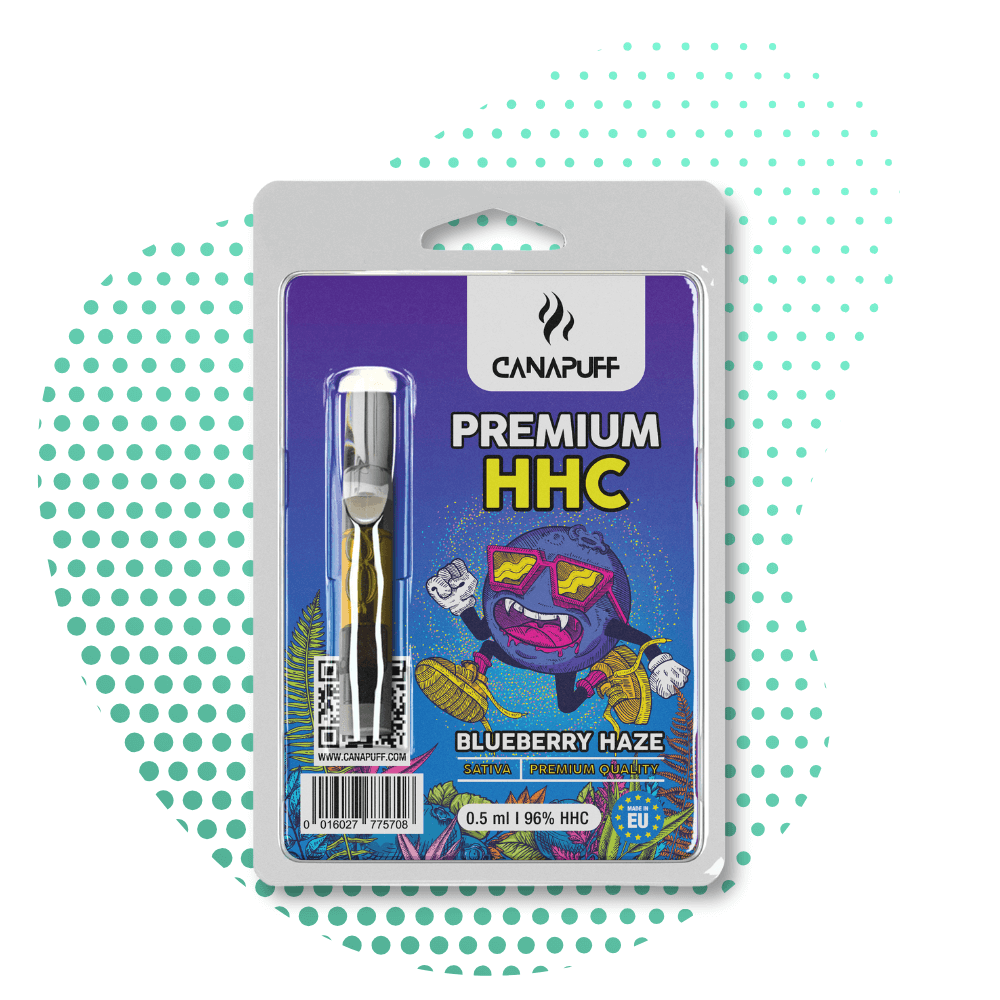
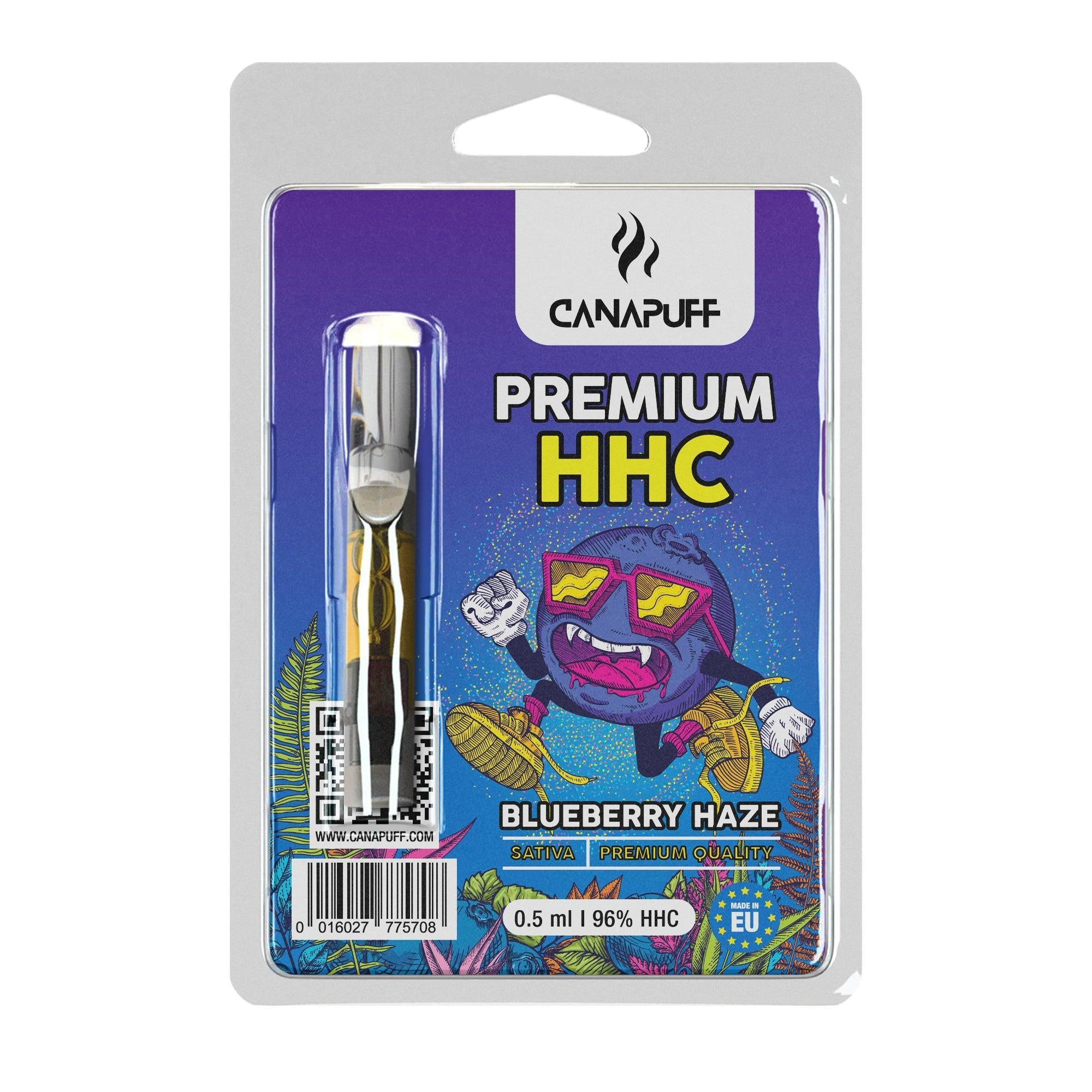
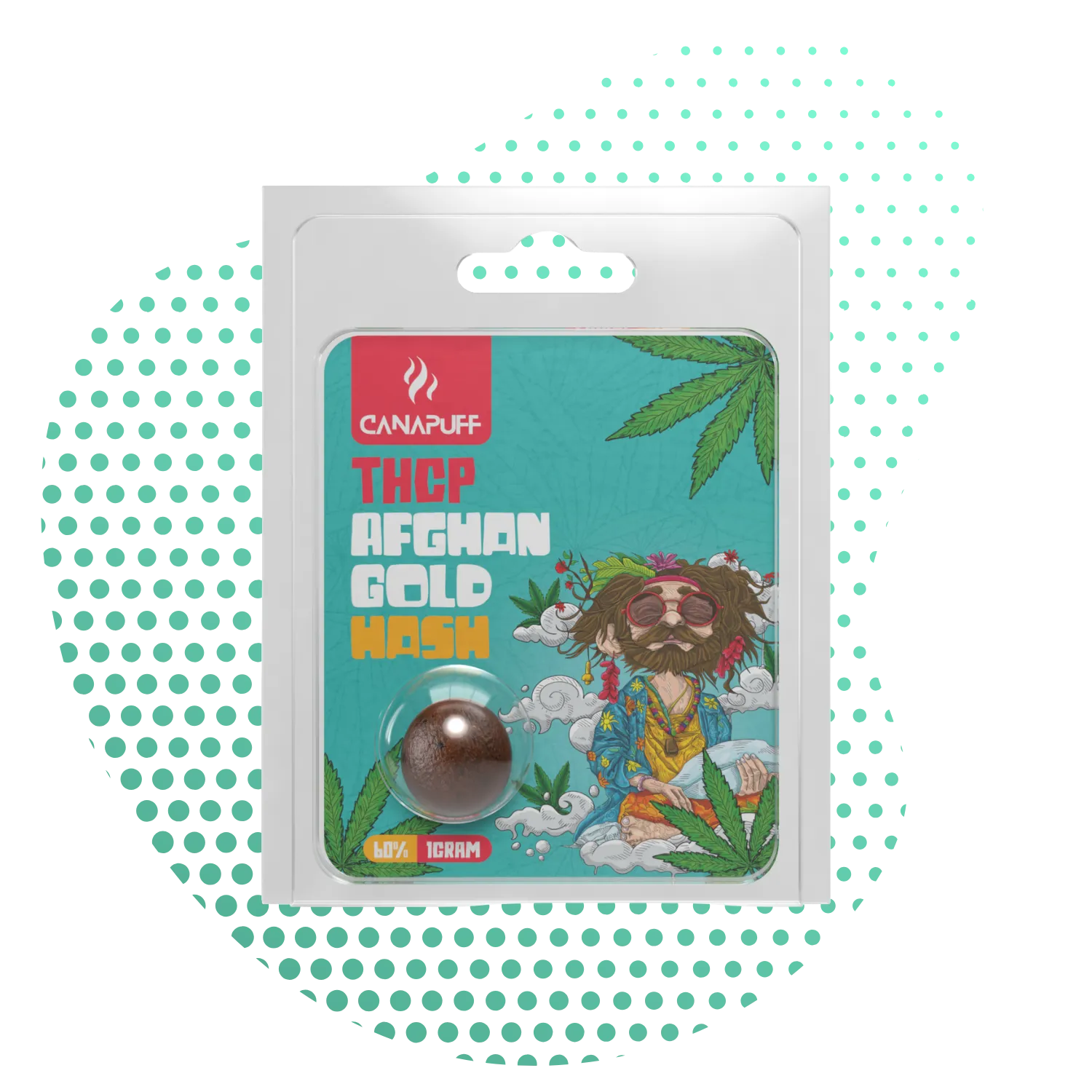




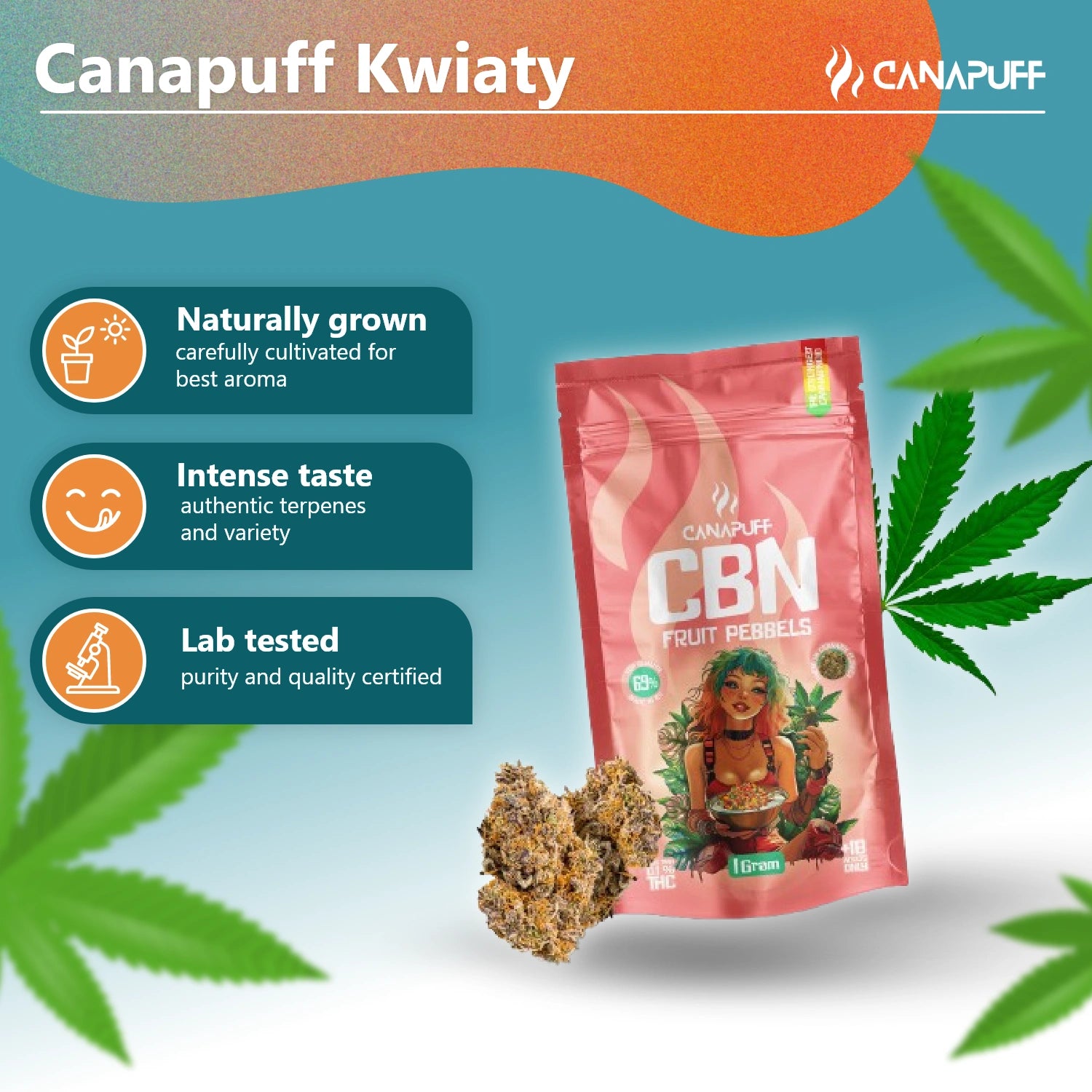

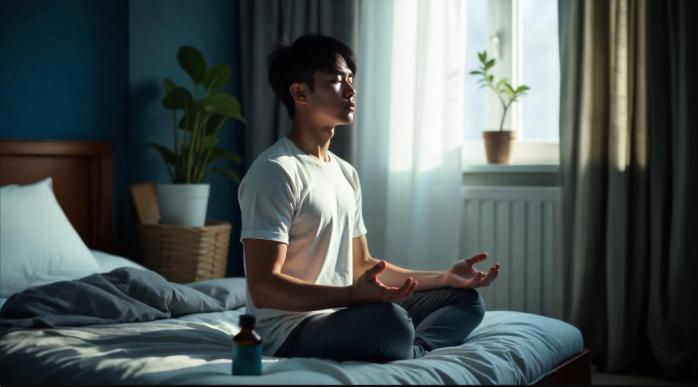
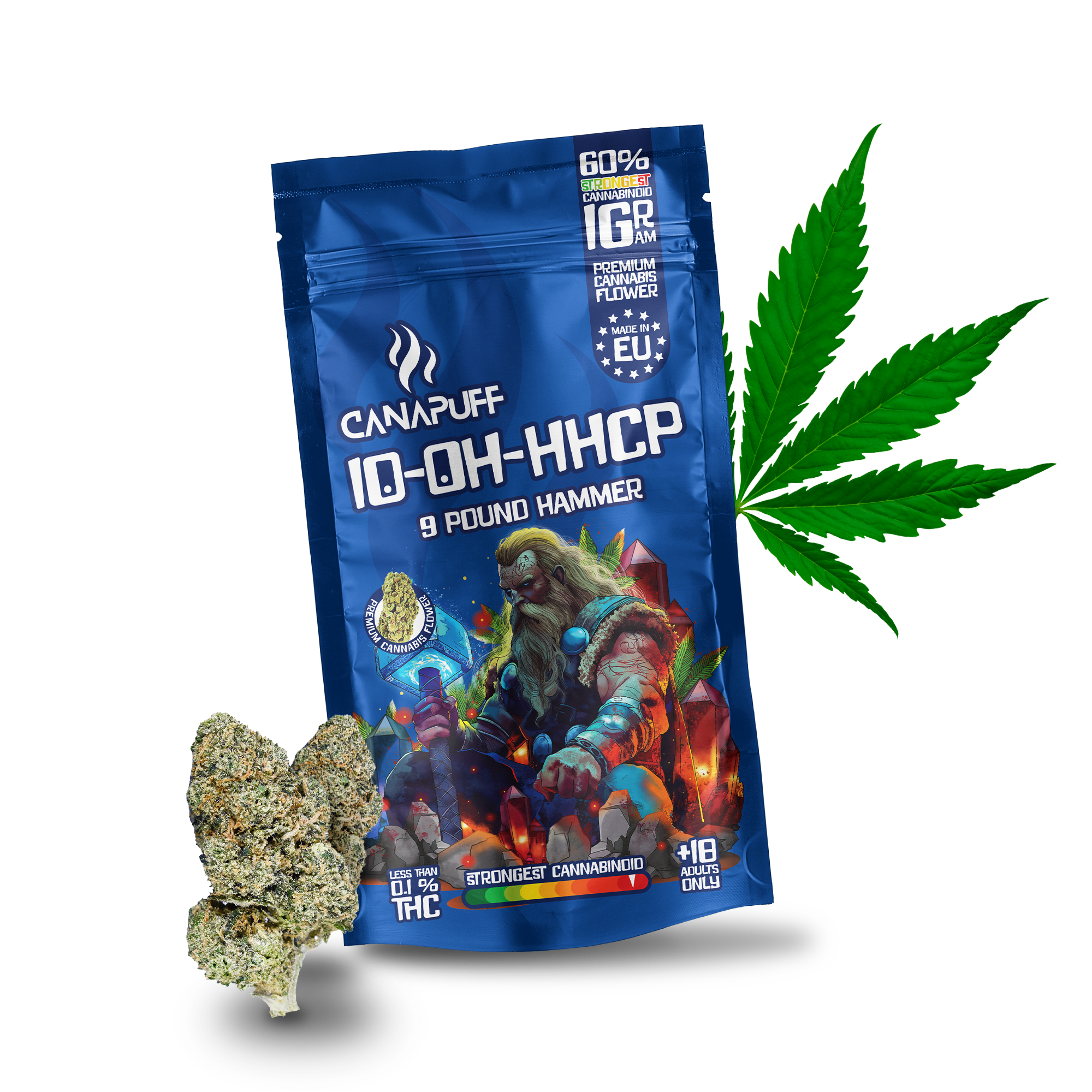
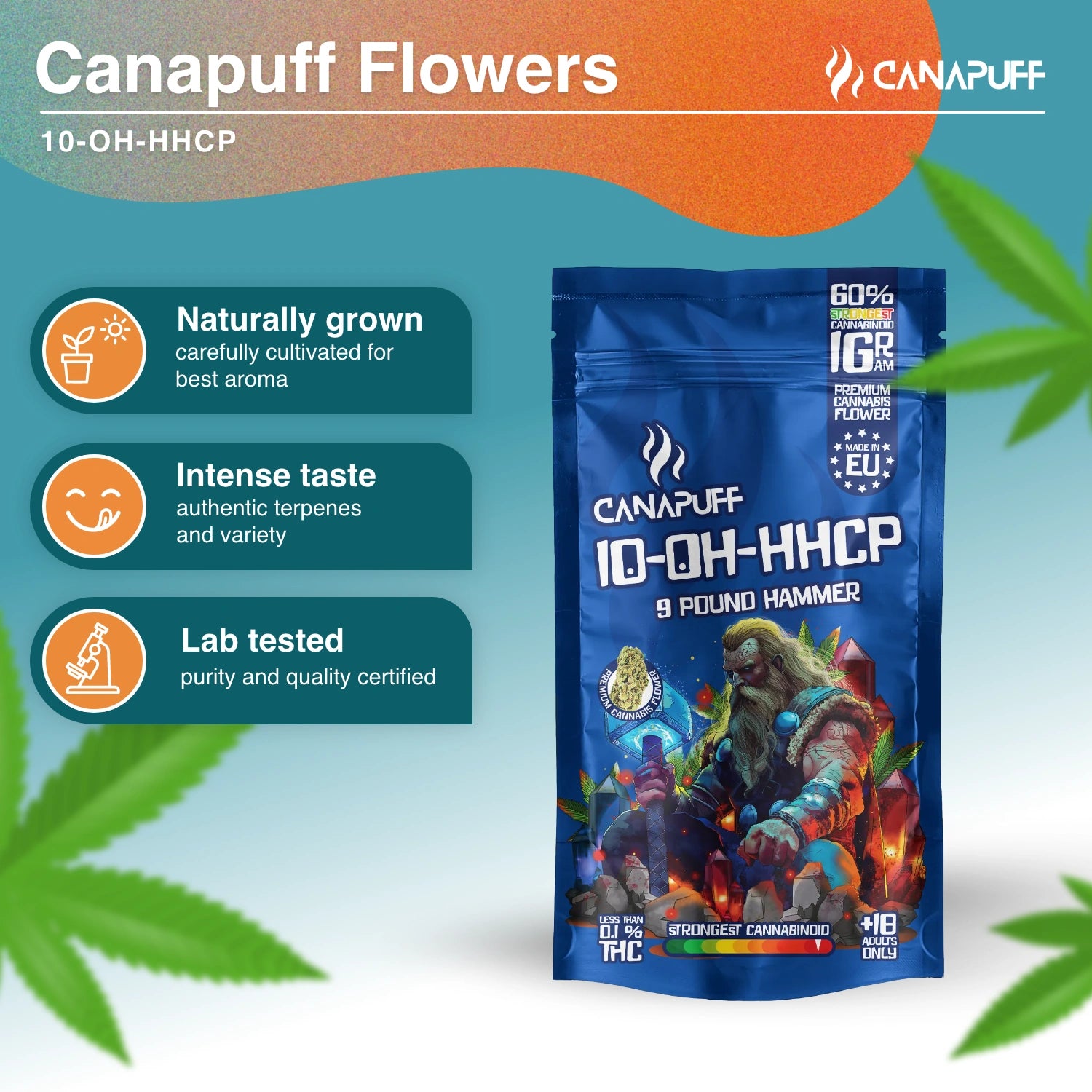
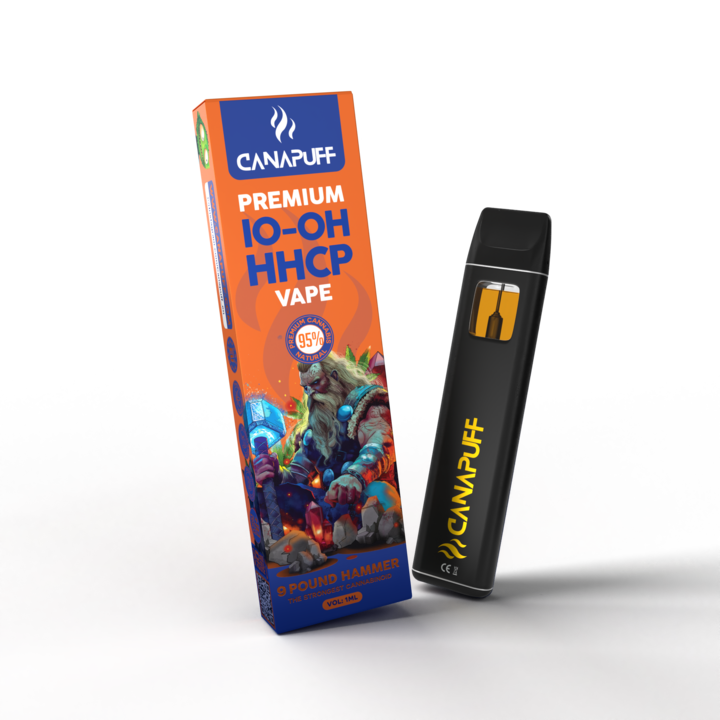
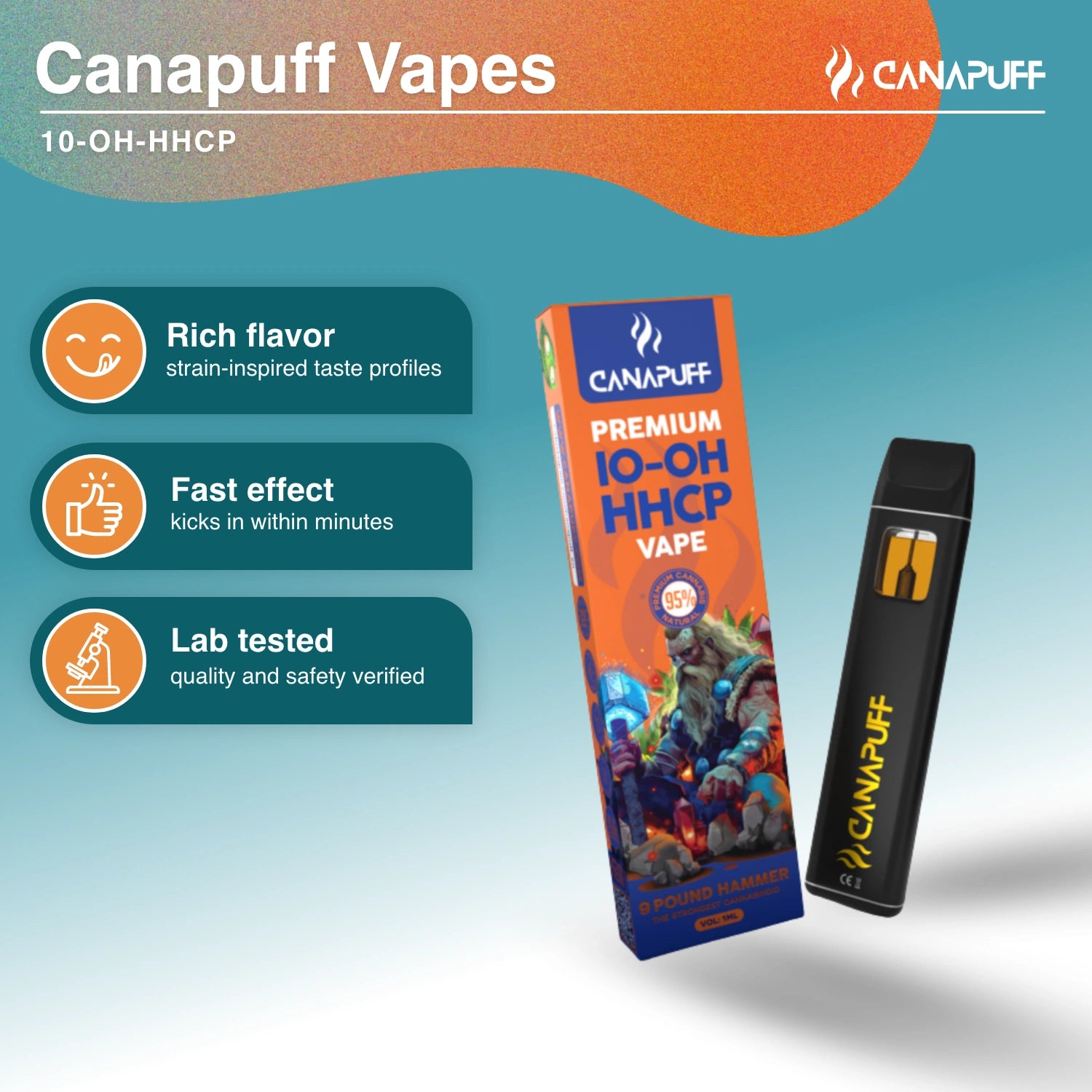


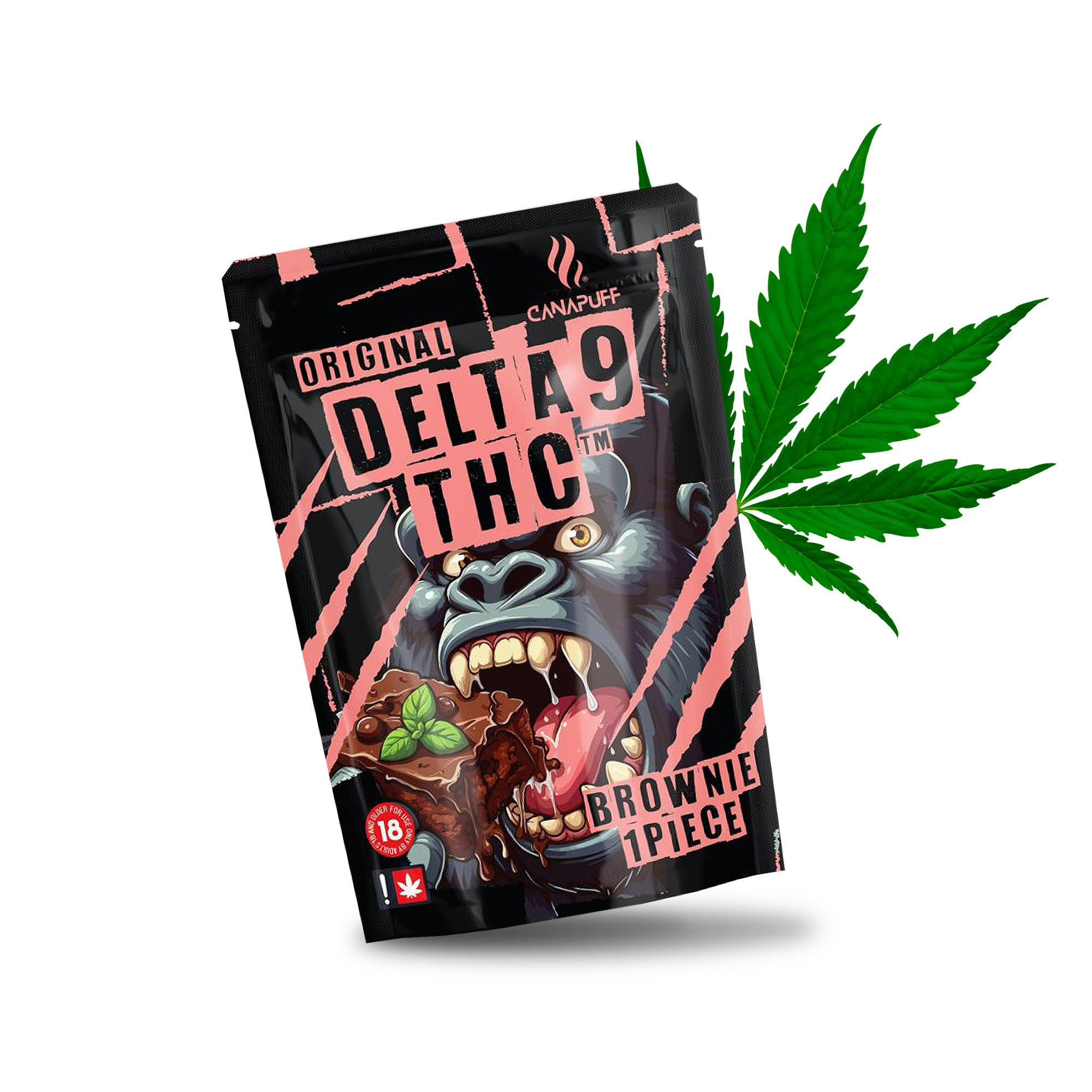

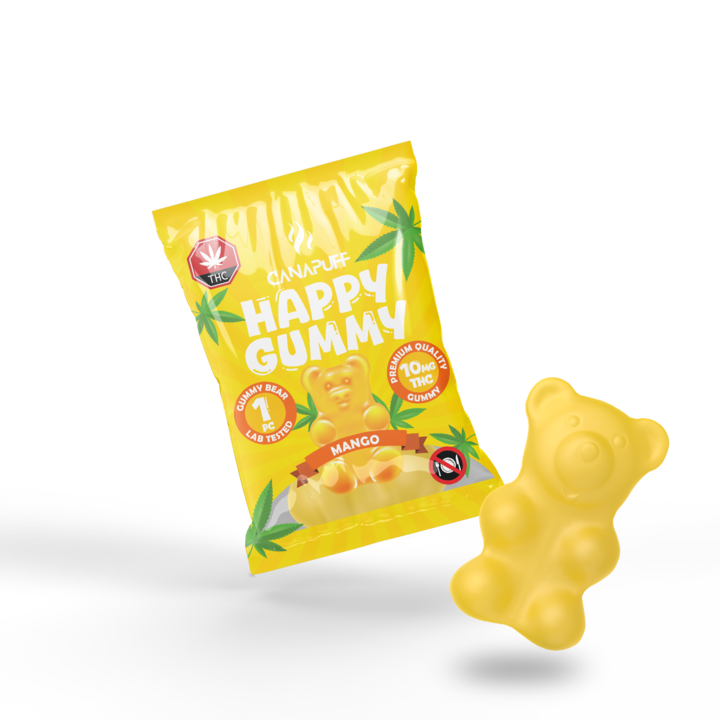


Leave a comment
This site is protected by hCaptcha and the hCaptcha Privacy Policy and Terms of Service apply.